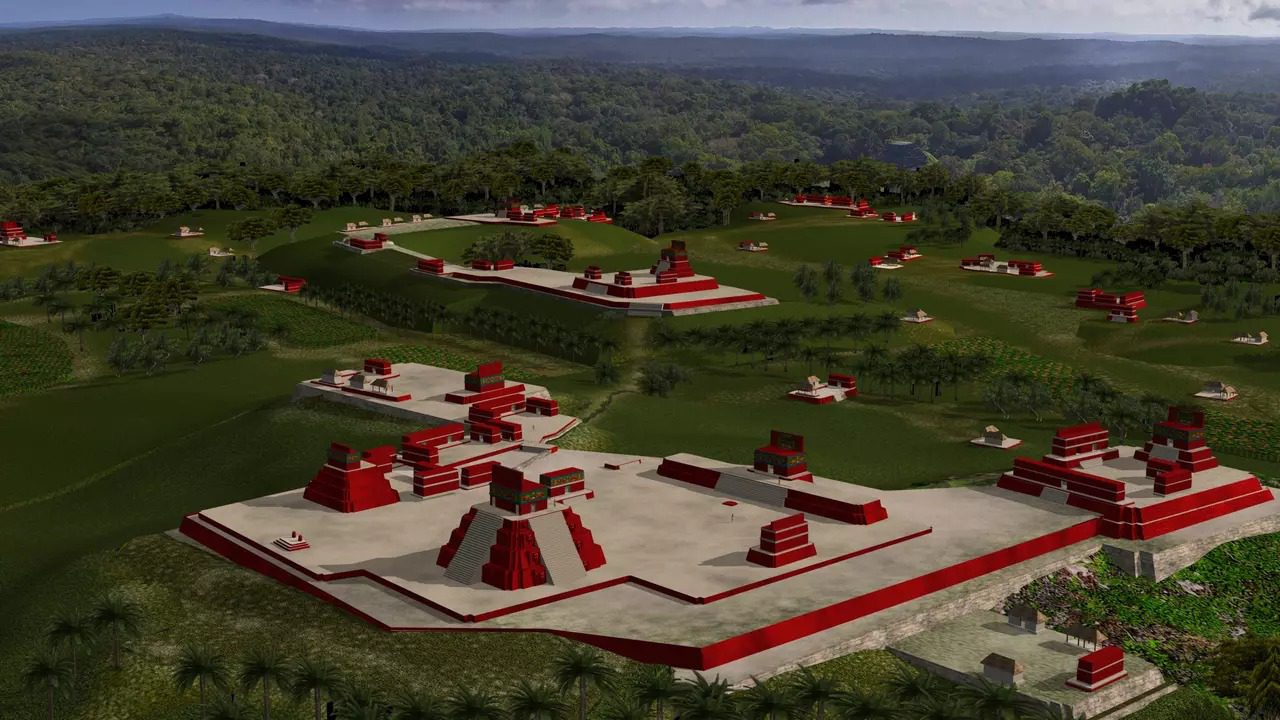Czech archaeologists have made a significant discovery in Guatemala, unearthing one of the oldest Mayan cities using modern technologies. Funded by the Neuron Foundation, the expedition targeted the province of Petén last summer in search of city remnants. The city, believed to be 3000 years old, is a testament to the advanced civilization in early history.
The scientists named the city Yax Balam, which translates to ‘First Jaguar.’ This name is a nod to Mayan symbolism, where the jaguar symbolizes power associated with the underworld. The city, spanning an area of seven square kilometers, was an impressive find.
The expedition conducted traditional archaeological research and aerial imaging, leading to the discovery of palaces, sculptures, remnants of rituals, astronomical observatories, and other artifacts. The city was a regional center that thrived between 850 BC and 150 AD.
At the helm of the team were Ladislav Šilhán, an expert on 3D visualization of Mayan centers, and Milan Kováč, the head of the Center for Mesoamerican Studies at Comenius University in Bratislava. The scientists employed artificial intelligence and neural networks to create visualizations based on aerial imaging and LiDAR laser technology.
According to the excavations, the city is one of the oldest Mayan agglomerations. “Over the years, it experienced periods of decline and development, from the beginning of Mayan history, the creation of kingdoms and the first city-states, to the so-called Mayan collapse, which caused the civilization’s disappearance,” Kováč explained.
The Neuron Foundation, which supports Czech scientists, provided nearly 900,000 koruna in funding for the expedition. This discovery underscores the value of investing in archaeological expeditions and the potential insights they can offer into ancient civilizations.






